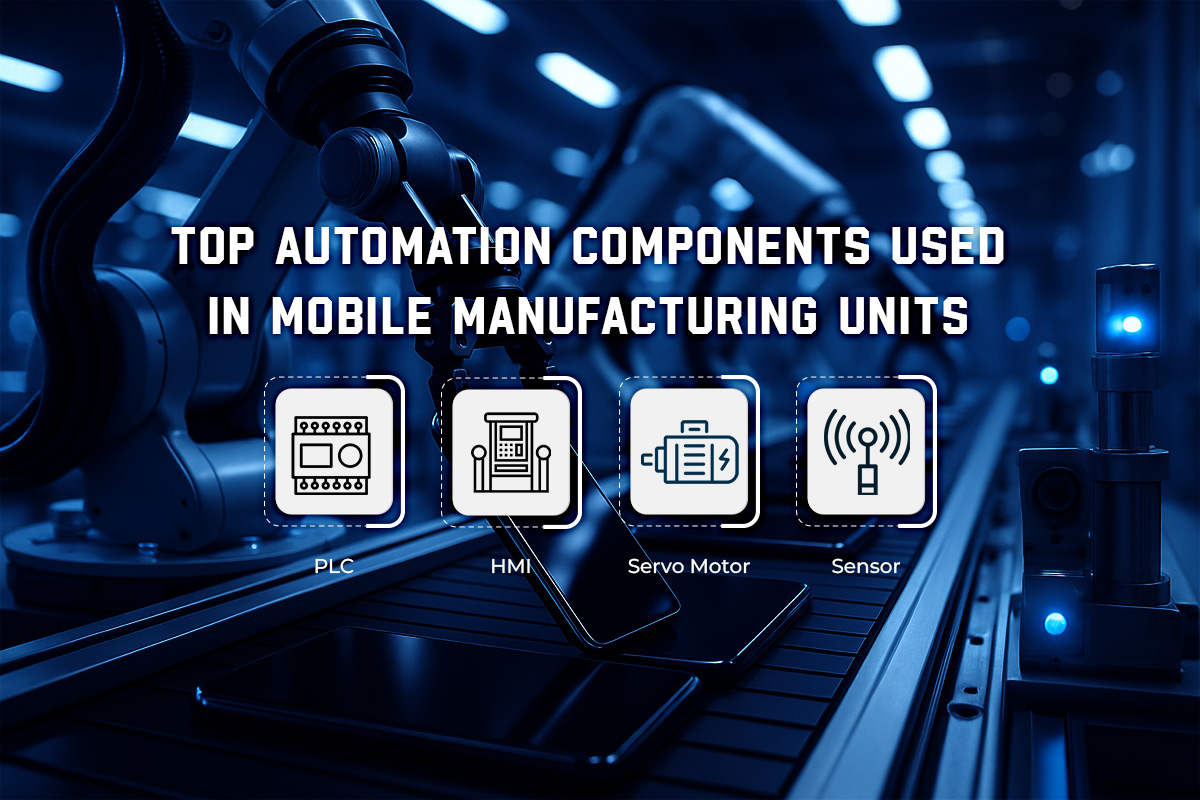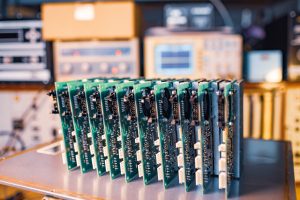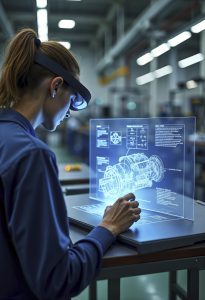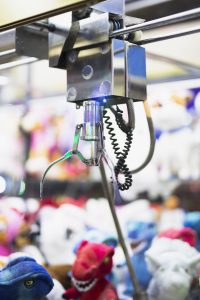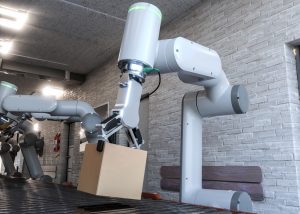Real-Life Examples from Apple & Samsung Factories
In the hyper-competitive world of mobile phone manufacturing, speed, precision, and efficiency are everything. With production volumes reaching millions of units per month, industry giants like Apple and Samsung rely heavily on industrial automation to streamline operations, reduce errors, and improve quality.
This blog takes you behind the scenes of mobile production lines to explore the top automation brand making it all happen — with real-world insights from Apple and Samsung’s state-of-the-art manufacturing units.
Why Automation Is Essential in Mobile Manufacturing
Modern smartphones are marvels of engineering, combining micro-level electronics with macro-level assembly. From soldering chipsets to screwing in tiny components, each step must be precise, fast, and repeatable. Human labor alone can’t keep up — and that’s where automation steps in.
Key Benefits of Automation in Mobile Manufacturing:
-
Faster production cycles
-
Consistent quality and precision
-
Reduced human error
-
Better workplace safety
-
Efficient resource use
Apple and Samsung, despite being fierce competitors, share a common foundation: they heavily depend on automated systems to meet global demand.
1. Robotic Arms & Assembly Systems
Role:
These mechanical workhorses perform tasks like component placement, screw driving, welding, and camera module installation.
Real-life Use:
In Foxconn’s Apple iPhone factory in Zhengzhou, China (often dubbed “iPhone City”), robotic arms perform more than 60% of the total assembly work. They align circuit boards, fix connectors, and even insert SIM trays with pinpoint accuracy.
Samsung’s Vietnamese plants, which handle over 50% of its mobile production, use robotic arms for tasks like display bonding and precise battery installation, minimizing human error and improving product longevity.
Components Involved:
-
SCARA & 6-axis robotic arms
-
Servo motors for precise movement
-
Pneumatic grippers
-
Vision-guided alignment systems
2. Programmable Logic Controllers (PLCs)
Role:
PLCs act as the “brains” behind the machines. They control timing, logic, and sequence of operations across the production line.
Both Apple and Samsung use PLC systems for industrial automation from Siemens, Mitsubishi, and Rockwell Automation in their assembly and testing lines At Samsung’s Gumi plant in South Korea, PLCs coordinate automated tasks such as quality inspections and module transfers.
At Foxconn (Apple’s partner), PLCs manage automatic test equipment (ATE) systems that verify chip performance before final assembly.
Components Involved:
-
Siemens S7 series
-
Rockwell ControlLogix PLCs
-
Mitsubishi FX Series
-
I/O modules, relays, timers
3. Conveyor Systems with Intelligent Sorting
Role:
Move parts and partially assembled units between different workstations. Some systems even sort based on shape, size, or serial number using machine vision.
Real-life Use:
Apple’s iPhone assembly lines feature high-speed belt conveyors integrated with barcode scanners. These systems guide each unit through custom assembly workflows depending on model and region.
Samsung’s Indian factory in Noida — one of the world’s largest — uses smart conveyor belts to route phones through various stages of display attachment, back cover fitting, and software installation.
Components Involved:
-
Motorized conveyors
-
Barcode/RFID scanners
-
Sensors for weight and position
-
Servo/stepper motors
4. Machine Vision Systems
Role:
These are the eyes of the assembly line. Vision systems inspect parts, check alignments, identify defects, and guide robotic actions in real time.
Real-life Use:
Apple relies on high-resolution machine vision to verify placement of Face ID sensors and camera lenses. Even a 0.1mm misalignment can affect function — and human eyes can’t catch that consistently.
Samsung uses AI-enhanced vision systems in camera assembly lines to detect cosmetic imperfections and lens dust particles.
Components Involved:
-
Industrial cameras (e.g., Basler, Cognex)
-
Illumination systems
-
AI software for defect recognition
-
Vision-enabled robot guidance
5. Pick-and-Place Machines (SMT Machines)
Role:
Essential for placing tiny components like resistors, capacitors, and ICs onto printed circuit boards (PCBs). These are ultra-fast, ultra-precise machines used in Surface Mount Technology (SMT).
Real-life Use:
Apple and Samsung outsource much of their PCB manufacturing to contractors like Pegatron and Wistron, who use pick-and-place machines from Yamaha, Fuji, and Panasonic. These machines can place over 60,000 components per hour, making them indispensable.
Components Involved:
-
Vacuum nozzles
-
Feeder systems
-
High-speed cameras for alignment
-
Motion controllers
6. Human-Machine Interfaces (HMIs)
Role:
Allow technicians to interact with machines, monitor performance, set parameters, and manage production lines efficiently.
Real-life Use:
In Samsung’s plants, HMIs are installed across cleanroom assembly zones. Operators can quickly change line settings during model transitions (e.g., switching from Galaxy A-series to S-series). Apple uses HMIs for real-time production data monitoring and maintenance alerts.
Components Involved:
-
Touchscreen panels (e.g., Siemens Comfort Panels)
-
SCADA software
-
Status indicators, alarms
-
Integrated with PLCs
7. Automated Test Equipment (ATE)
Role:
These systems perform electrical and functional tests on components and final products — from touchscreens to processors to battery performance.
Real-life Use:
At Apple, ATE systems run diagnostic tests on iPhones before packaging. Each unit undergoes more than 40 automated checks to ensure performance, security, and connectivity.
Samsung employs in-line testers that simulate real-use conditions to test phone durability, software response, and network modules.
Components Involved:
-
Test probes and fixtures
-
Software-controlled logic boards
-
Data acquisition cards
-
Environmental chambers for heat/cold testing
8. Industrial Communication Networks
Role:
These systems ensure all components — robots, PLCs, vision systems — communicate seamlessly for coordinated performance.
Real-life Use:
Apple’s manufacturing units are deeply integrated using Ethernet/IP and PROFINET protocols, ensuring real-time coordination. Samsung also implements Modbus, EtherCAT, and custom IoT networks to sync factory data to central dashboards.
Components Involved:
-
Managed Ethernet switches
-
Fieldbus adapters
-
Gateways and protocol converters
-
IoT edge devices
9. Automated Storage and Retrieval Systems (AS/RS)
Role:
Automatically manage raw material storage, pick parts for production, and restock lines based on real-time demand.
Real-life Use:
Apple’s suppliers use AS/RS to manage inventory of microchips, camera modules, and even packaging materials. These systems ensure zero human delay and precise tracking.
Samsung uses automated guided vehicles (AGVs) alongside AS/RS to move components across its massive facilities.
Components Involved:
-
Stackers and cranes
-
Storage bins with RFID
-
Conveyor interfaces
-
Central warehouse management software
